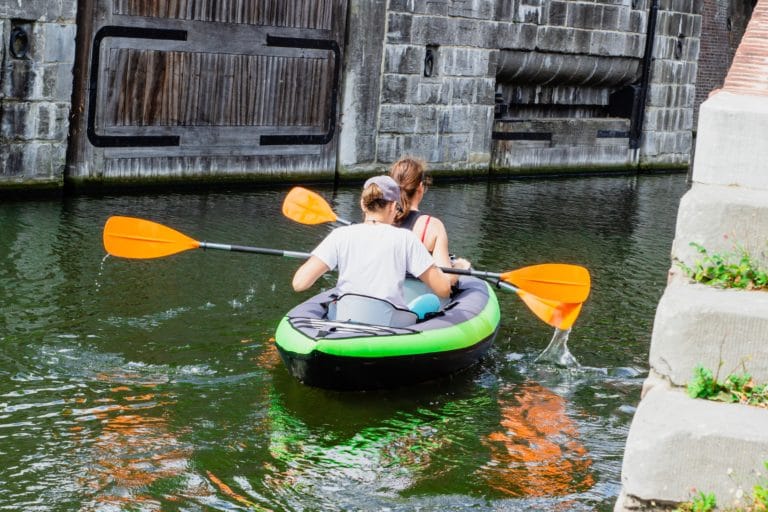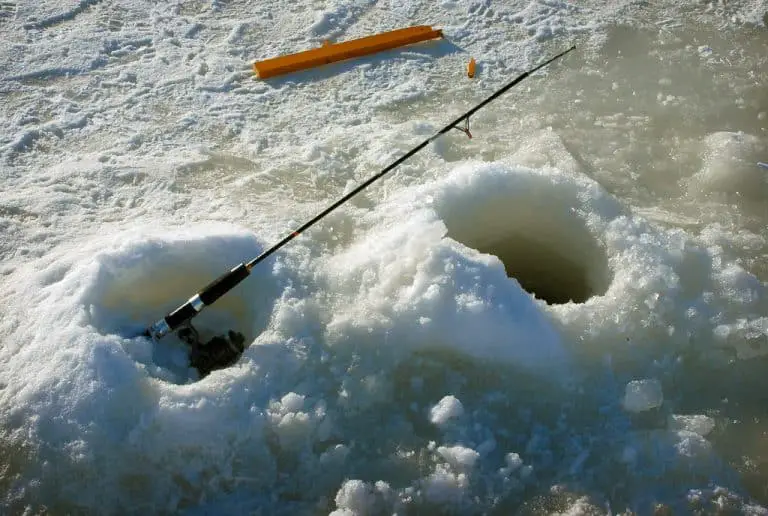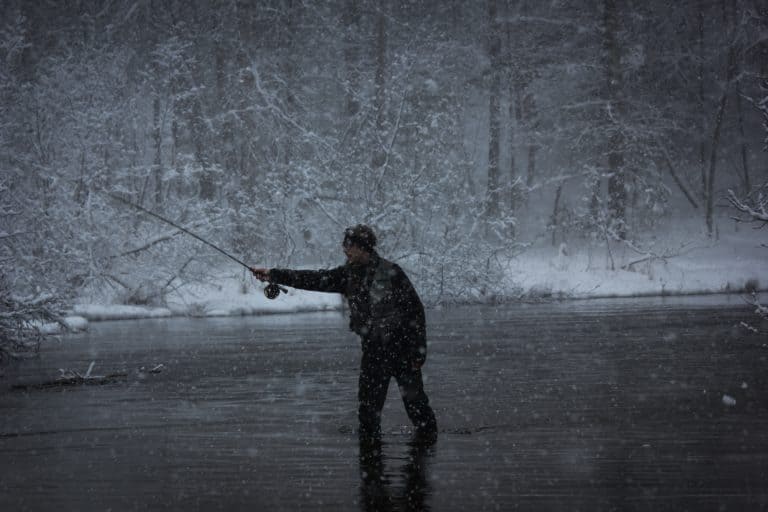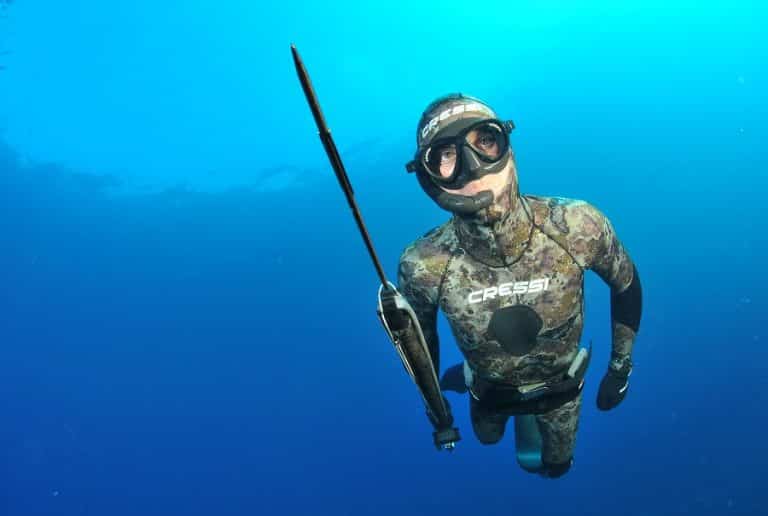Spinning Rod vs Casting Rod: What’s The Difference?
If you are new to fishing, when you start shopping around for a new rod, you will come across two main types of a fishing rod; spinning rods, and casting (or baitcasting) rods.
Even seasoned anglers who have spent their lives only using one or the other don’t fully understand the difference between spinning rods vs casting rods.
Both rods differ slightly and are best suited for different fishing techniques and tackle set-ups. Although to make the decision hard for us, there is a huge amount of overlap between the two and most anglers will be able to fish just fine with either.
But, to settle the debate between spinning rods and casting rods, below we will dive into the best uses and key differences between both rod types.
Table of Contents
Key Difference Between Spinning And Casting Rods
New anglers believe that the difference must be down to the size, strength, and material of the fishing rods, but it isn’t true.
Both spinning and baitcasting rods are available in pretty much any size, material, and any rod action & power you can ever need. Instead, the key differences are much more subtle, but play a big role in how the rod can be used.
Reel Type & Reel Seats
The biggest difference between a spinning rod and a baitcasting rod is the reel type that is used with the rod. A casting rod is used with a baitcasting reel, which is mounted on the top of the rod (pointing to the sky).
Whereas, a spinning rod is solely used with a spinning reel, which has an open face, bail-arm, and is mounted on the underside of the rod (pointing to the floor).
You have to use different style reels with each rod due to the reel seats. The reel seats are the sections of the rod in which the reel slots in and tightens into place.
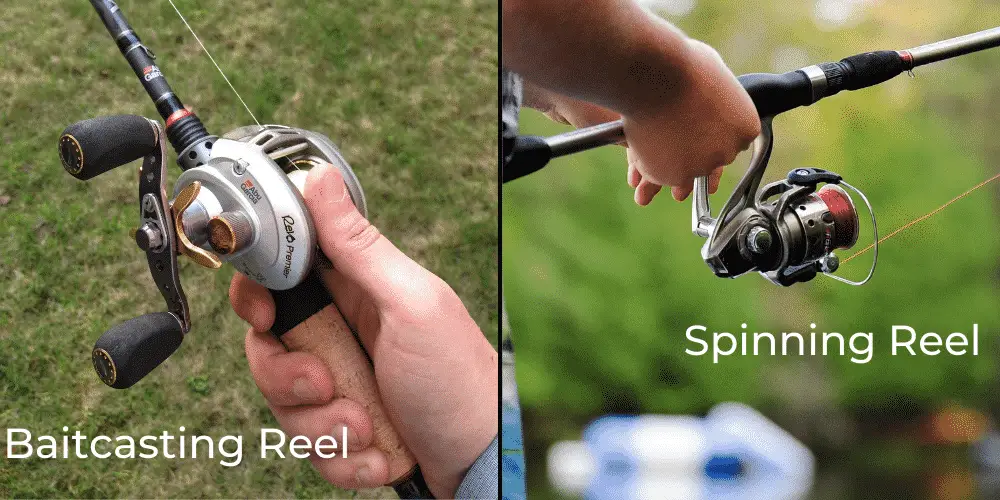
Rod Guides
Rod guides are the eye-like hoops in which the line passes through down the length of the rod. Guides are placed evenly along the rod blanks (main shaft) to improve your control and accuracy whilst fishing. Guides are usually made from either plastic, metal, or ceramic materials.
The rod guides differ on casting and spinning rods. On a casting rod the rod guides are much smaller/narrower, this is to help improve your line control and casting accuracy. The guides can be narrower as the line flows off of a baitcasting reel in a straight line down the length of the rod.
On a spinning rod, the guides a typically slightly larger as line flows off of a spinning reel in a circular motion.
When to choose a spinning rod
Spinning rods allow you to use very light tackle setups and lures which a casting rod and baitcasting rod would be overkill for. Spinning rods are also better for lighter lures due to the way the rod and reel operate. Because lines can flow off the reel with little to no resistance, they can be used to cast light lures a long distance.
Spinning rods are also great for using top water surface baits, like surface plugs, bobbers, buzzbaits, and spinners.
These rods come in a wide range of lengths, powers, and actions. An ultralight spinning rod setup is ideal for smaller panfish and small trout. Medium/medium-heavy rods (around 6-7 feet) is great for bass fishing with more finesse tactics. And, longer heavy action spinning rods with long handles (two-handed) are some of the best surf rods and are best used for long casts and saltwater fishing applications.
You can still use heavier spinning rod setups for going after larger fish like catfish and big bass. Especially when you are using bait, coupled with finesse fishing tactics.
Overall, spinning rods are incredibly versatile. They don’t cater well to huge game fish with lots of pulling power, and a spinning reel won’t have the power and torque to pull them in. But, with the right-sized rod and reel, you can still target pretty big fish.
Spinning rods and reels are often favored by beginners as they are easier to use and master (especially the reel). But, there are still many anglers who never make the switch to a baitcasting reel, and they find no reason to. At the end of the day, you should stick with what works!
Also read: Best Catfish Baits
When to choose a casting rod
Casting rods and baitcasting reels have increased power, better accuracy, and sometimes longer casting distance than spinning rod setups. It is often the go-to option for more experienced anglers, especially when fishing-specific tactics and for going after certain species of fish.
Because they are highly accurate and can be used with heavier fishing lures and fishing lines, casting rods are often used by bass anglers who need pinpoint accuracy to cast lures close to cover.
Casting rods are almost always used whilst targeting bigger game fish like tuna, marlin, sharks, and large catfish. This is because the guides are placed on the top of the rod, which allows the stresses to be taken by the backbone of the rod and not the guides.
Whereas, if you were to use a spinning rod with the guides pointing down, the heavy loads could rip the guides out of the rod blanks.
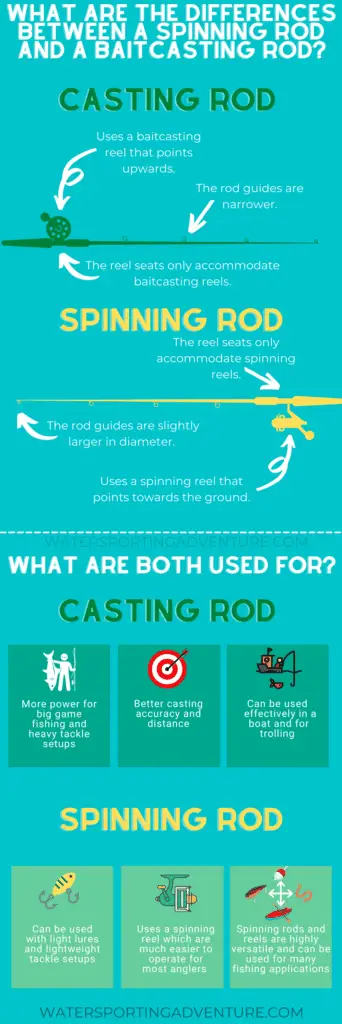
Share this Image On Your Site
Casting Rod vs Spinning Rod FAQs
Can I use a spinning rod for casting baits?
Yes, spinning rods can be used for casting baits. The term “casting rod” is slightly misleading, it doesn’t mean that you can only cast with a casting rod. Spinning rods are great for casting lighter baits a long distance. Especially for beginner anglers as there is less chance of line tangles and bird-nests with a spinning reel.
Which is better a casting or spinning reel?
Similar to the debate of a spinning rod vs casting rods, choosing which is the best reel is largely down to your experience level, fishing techniques, and the type of fish you are targeting. If you are proficient with a baitcaster reel you will have better casting accuracy and distance control, but they are much harder to use compared to a spinning reel. Spinning reels are also great for finesse fishing.

